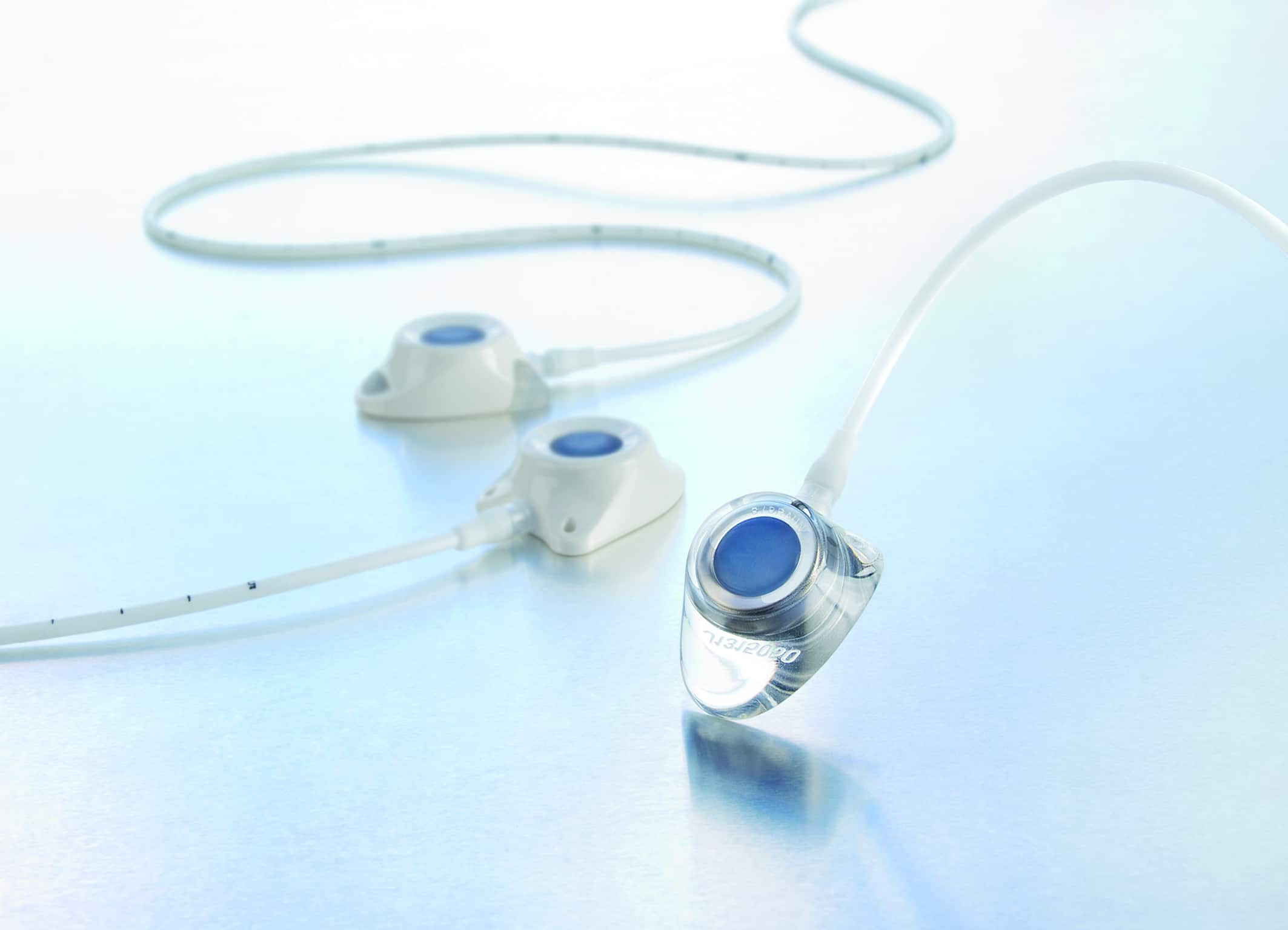
Cancer pain
Cancer and its treatments can cause many different types of pain. Cancer pain is the most common and most important symptom associated with cancer regarding quality of life. Around half of people with cancer experience pain.
Pain can be an early symptom of cancer
Most of the pain caused by cancer can be controlled with simple and regular medication. Regularly dosed and adequate pain-preventing medication is an essential part of cancer treatment. Pain can also be an early symptom of cancer. However, the appearance of pain or no pain does not necessarily mean that the disease is progressing.
Treat the pain effectively as early as possible
To prevent the consequences of chronic pain, it is important to treat the patient’s pain is effectively as early as possible.
Pain in people with cancer that has spread often gets worse as the disease progresses. When pain persists for a long time, it causes changes in the normal pain pathway thatperpetuate the pain, even after the original cause of the pain has disappeared.
Pain also causes the release of stress hormones and many other substances that can worsen the pain and cause other symptoms. Pain causes tension, anxiety, worry, sadness and other psychological problems. In turn, mental anxiety and fear can make cancer pain worse. Long-term pain also affects social relationships and quality of life.
A typical example of acute pain may be a blockage in the intestine caused by a tumour. There is also often pain after surgery, which gradually improves after the operation.
A quarter of people with the disease already have pain at the time of diagnosis. This pain is usually relieved by treatment. If the cancer comes back or spreads – metastasises, pain is a common symptom. In the late stages of advanced cancer, most people experience pain.
Many things can cause cancer pain:
Pain caused by nerves, or neuropathic pain, is often a shooting, burning or tingling feeling. It is caused by damage to the nerves or by a tumour pressing on the nerves. Nerve damage pain can last long after surgery because the severed nerves grow back slowly.
Bone pain. Cancer can spread to the bone and cause pain by destroying the bone.
Tissue damage pain, which is pain in soft tissue. For example, this can be, back pain caused by tissue damage in the kidney. This pain is not always easy to pinpoint, but is often described as sharp, cramping or throbbing.
Phantom pain is pain in an organ that has been removed. This is typical in breast cancer if the breast has been removed. One in three women who have had their breasts removed experience ghost pain. Half of those who have had a limb removed experience phantom pain.
Phantom pain is often described as unbearable. Its cause is not fully understood. It often disappears within a few months after surgery, or at least subsides within the first year.
People with cancer have a very high incidence of common non-cancer pain such as back pain and headaches. The initial pain may be accompanied by muscle spasms or poor posture and the associated pain on exertion.
Cancer pain usually starts acutely and becomes chronic over a long period of time. Almost all operations are followed by acute pain, which is usually easily treated with drugs or anaesthesia.
Read more about pain treatment and cancer

Treating cancer pain
Treatment for cancer pain always aims to get rid of the cause of the pain, if possible. If a tumour cannot be removed, radiotherapy or chemotherapy can often shrink it.
Read article
Cancer treatment drugs and reimbursements
The Social Insurance Institution Kela reimburses the costs of prescription drugs and part of the costs of emollients and clinical nutrients prescribed for treating illnesses.
Read article
Cancer symptoms
Cancer has numerous symptoms. It may be asymptomatic for a long time or it may involve only very general symptoms, such as fatigue or weight loss.
Read article